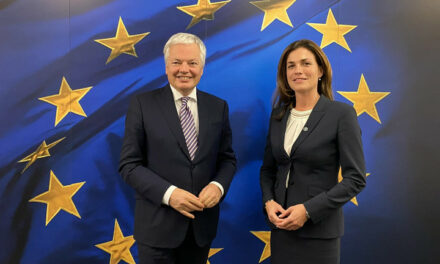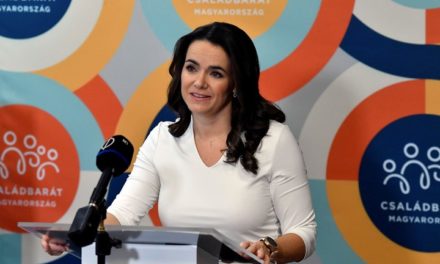Contrary to left-wing fake news, we have long since climbed out of the army drivers.
One of the biggest improvements can be seen in our country, both for the population as a whole, and for households with children, as well as for minors. Both the relative income poverty rate and the proportion of people living in households with very low work intensity are among the lowest among EU member states.
Based on the latest 2020 data from Eurostat, we are in 13th place, since 2017 the proportion of people living at risk of poverty has been lower than the EU average, and the epidemic period did not deteriorate this. Around 2010, we were really at the bottom of the ranking, among the three worst countries, but in the last decade we have improved five times more than the EU average.
It is worth examining poverty with the indicator used uniformly in the Union, it is also suitable for comparing member states. The latest 2021 data series for this indicator was published by KSH last Friday. According to this, in addition to a decrease of 20 thousand people compared to the previous year, 1 million 844 thousand people were affected, which is 19.3 percent of the population. In 2014, it still affected 2,970,000 people, which was 30.6% of the population at the time.
The latest data from Eurostat refer to the year 2020. In the first year of the epidemic, the lowest rates were in the Czech Republic (10.7 percent), Slovenia (13.2 percent), and Finland (14.2 percent), and the highest rates were in Romania (34.4 percent) and Bulgaria (31.7 percent). and in Greece (28.3 percent) people were at risk of poverty or social exclusion.
Poverty and social exclusion have also decreased in the EU over the past decade. In 2020, around 95.4 million people in the EU (including 19.6 million children aged 0-17) were at risk of poverty or social exclusion, nearly 8.8 million less than in 2008, and around 15 million less than the peak value of 2012.
Despite this, Europe 2020's ambitious reduction target of 20 million was not met. Only 9 countries were able to meet the member state goals: in addition to Hungary, Poland, Romania, Bulgaria, Portugal, the Czech Republic, Latvia, Lithuania and Slovenia.
In its new EU2030 commitment, the European Union aimed to reduce the number of people at risk of poverty or social exclusion by at least 15 million by 2030, and of these, the number of children should decrease by at least 5 million.
Read the full Mandiner article
Author: Piroska Szalai













